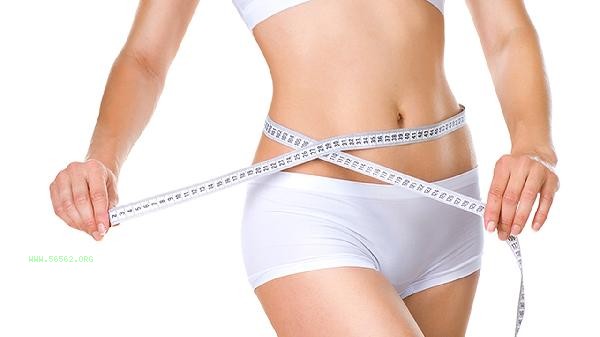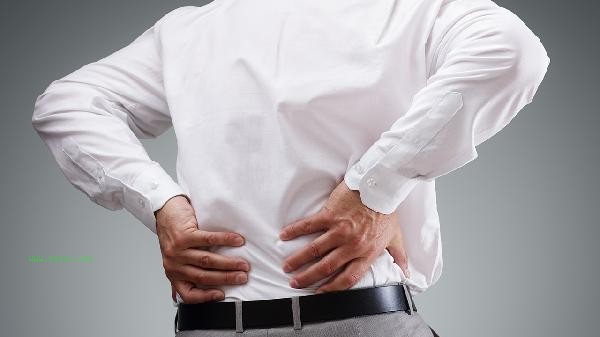The excess fat on both sides of the waist and buttocks may be related to factors such as sedentary lifestyle, lack of exercise, excessive calorie intake, changes in hormone levels, genetic factors, and decreased metabolic rate.

1. Prolonged sitting without exercise
Maintaining a sitting position for a long time can lead to fat accumulation in the waist and hips, causing the muscle groups in this area to remain relaxed for a long time and slowing down the rate of fat metabolism. Office workers, drivers, and other professional groups are prone to this body type characteristic. It is recommended to get up every hour and engage in simple stretching exercises to help activate the waist and hip muscles.
2. Excess dietary calories
When the intake of high sugar and high-fat foods exceeds the body's needs, excess calories will be converted into fat and stored in the waist and hips. Excessive intake of sweets, fried foods, and refined carbohydrates is the main reason. Adjust dietary structure, increase intake of vegetables, fruits, and high-quality protein, and control daily total calories within a reasonable range.
3. Hormonal level changes
During special physiological stages such as fertility and menopause, fluctuations in estrogen levels can affect fat distribution, making it easier for fat to accumulate in the waist and hips. This situation requires medical examination and, if necessary, hormone regulation under the guidance of a doctor.

4. Genetic factors
Some populations are influenced by genetic factors, and fat is more likely to accumulate in the lower body to form a pear shaped body. This type of physique requires long-term exercise to change body fat distribution, with a focus on strengthening muscle training in the waist and hips.
5. Decreased metabolic rate
With age or long-term dieting, a decrease in basal metabolic rate can lead to easier accumulation of fat. This situation requires increasing muscle mass to boost metabolism. It is recommended to combine strength training with aerobic exercise to avoid extreme dieting. Improving fat accumulation in the waist and buttocks requires comprehensive lifestyle adjustments. It is recommended to conduct targeted training every week, such as squats, hip bridge exercises, etc., to strengthen the gluteal muscles, combined with aerobic exercises such as swimming and cycling. Control the intake of refined sugar and saturated fat in diet, ensuring sufficient protein and dietary fiber. Lack of sleep and excessive stress can also affect fat metabolism, so maintaining a regular schedule and a good mindset are equally important. If the effect is not significant after adjusting lifestyle, it is recommended to consult a professional physician or nutritionist to develop a personalized plan.









Comments (0)
Leave a Comment
No comments yet
Be the first to share your thoughts!